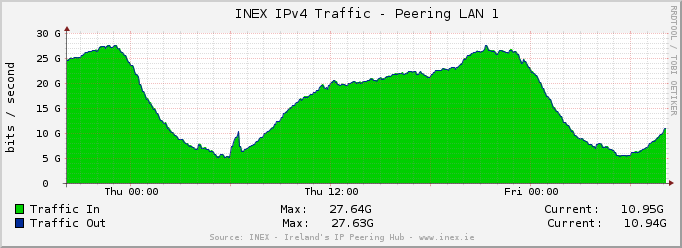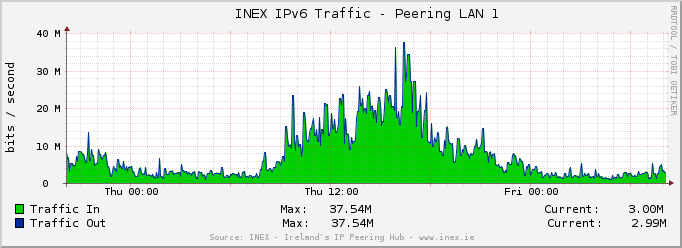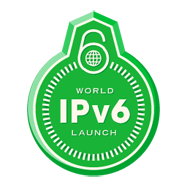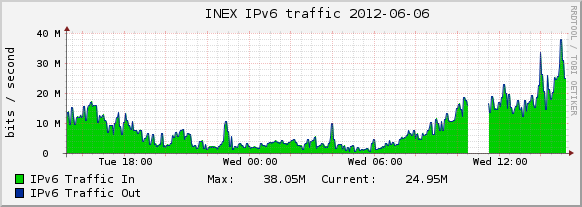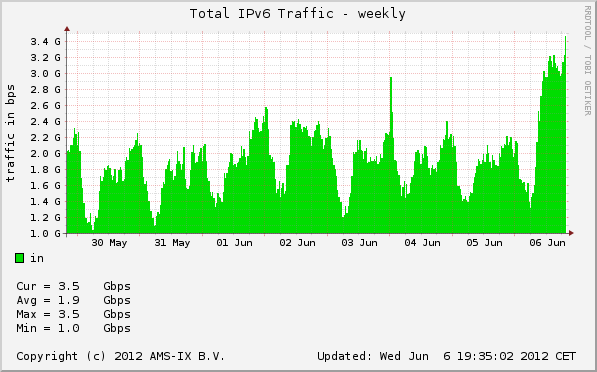Following my love affair with Git, I’ve also started using a local install of Gitorious for private and commercial projects at Open Solutions. Before Gitorious, this meant setting up authentication and Apache aliases for each new Git repository which meant we were pretty disinclined to create repositories when we should have.
With Gitorious, it’s just a couple of clicks and we have internal public repositories, team repositories or individual developer private repositories. It’s grrrrrrreat!
Last night and this morning, I’ve stated a process of finding the many SVN repositories I / we have scattered around to import them into Git (with all branches and tags). Here’s the process:
Importing Subversion Repositories with Branches and Tags to Git
1. Create a users file so you can correctly map SVN commit usernames to Git users. For example, users.txt:
user1 = First Last Nameuser2 = First Last Name Â...
2. Now clone the Subversion repository:
git svn clone -s -A users.txt svn://hostname/path dest_dir-tmpcd dest_dir-tmpgit svn fetch --fetch-all
3. Now we have all the SVN repository. We need to create Git tags to match the SVN tags:
git branch -r | sed -rne 's, *tags/([^@]+)$,\1,p' | \while read tag; do \echo "git tag $tag 'tags/${tag}^'; git branch -r -d tags/$tag"; \done | sh
4. Now we need to create matching branches:
git branch -r | grep -v tags | sed -rne 's, *([^@]+)$,\1,p' | \while read branch; \do echo "git branch $branch $branch"; \done | sh
5. To help speed up a remote push, we’ll compact the repository:
git repack -d -f -a --depth=50 --window=1006. Then we remove the meta-data that was used by git-svn:
git config --remove-section svn-remote.svngit config --remove-section svnrm -r .git/svn
7. And finally, we push it to our own Gitorious server:
git remote add origin git@example.com:zobie/my_great_app.gitgit push --all && git push --tags
![NOCtools Asterisk Wallboard [NOCtools Asterisk Wallboard]](https://github.com/opensolutions/NOCtools/wiki/images/asterisk-wallboard.png)
